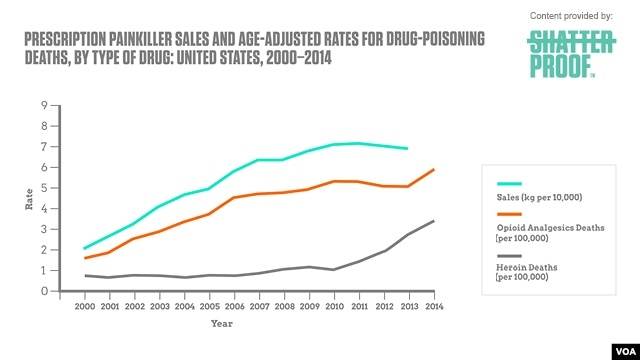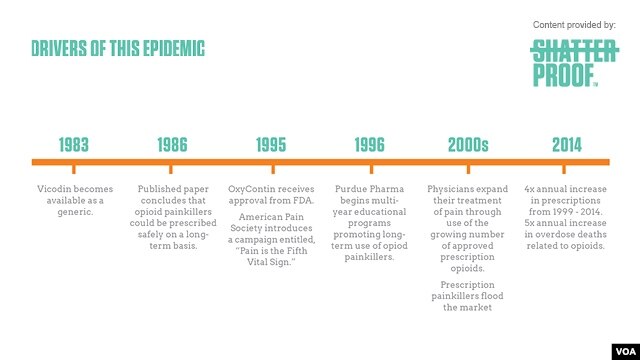Stephanie
Diamond Member
- Jul 11, 2004
- 70,230
- 10,864
- 2,040
oh well, you all voted for it, enjoy your pain
SNIP:
January 25, 2013 | 5:34 pm | Modified: January 25, 2013 at 5:45 pm
8Comments
Joel Gehrke
Commentary Writer
The Washington Examiner
Federal Drug Administration advisers voted today to restrict access to certain kinds of prescription drugs in an effort to fight drug abuse
The vote had experts divided over the risk of drug abuse as weighed against the risk of increased pain or difficulty for patients on the medication.
“It will have an impact on a lot of patients who have been receiving them for some time for legitimate purposes,” Dr. Lynn Webster, president-elect of the American Academy of Pain Medicine, said per Health Day News ahead of the vote.
The FDA rule change is designed to implement a policy that the Senate passed last year, but the U.S. House of Representatives killed.
New York City Mayor Michael Bloomberg, who moved to restrict access to certain painkillers in city hospital emergency rooms in order to fight drug abuse, argued that it wouldn’t harm patients.
“Number one, there’s no evidence of that,” Bloomberg said. “Number two, supposing it is really true, so you didn’t get enough painkillers and you did have to suffer a little bit. The other side of the coin is people are dying and there’s nothing perfect.”
“At the end of the day, the benefits of reducing abuse will outweigh the harm to legitimate pain patients,”(how wonderful eh?) Dr. Timothy Deer, a pain management specialist from West Virginia, told The Times. “This will likely reduce the amount of drug falling into the wrong hands.”
all of it here
After Mike Bloomberg's rule for hospitals, FDA panel votes to restrict use of painkillers | WashingtonExaminer.com
SNIP:
January 25, 2013 | 5:34 pm | Modified: January 25, 2013 at 5:45 pm
8Comments
Joel Gehrke
Commentary Writer
The Washington Examiner
Federal Drug Administration advisers voted today to restrict access to certain kinds of prescription drugs in an effort to fight drug abuse
The vote had experts divided over the risk of drug abuse as weighed against the risk of increased pain or difficulty for patients on the medication.
“It will have an impact on a lot of patients who have been receiving them for some time for legitimate purposes,” Dr. Lynn Webster, president-elect of the American Academy of Pain Medicine, said per Health Day News ahead of the vote.
The FDA rule change is designed to implement a policy that the Senate passed last year, but the U.S. House of Representatives killed.
“Under the new rules, refills without a new prescription would be forbidden, as would faxed prescriptions and those called in by phone,” The New York Times explains in reporting that the new rules passed by 19-10 vote. “Only written prescriptions from a doctor would be allowed, and pharmacists and distributors would be required to store the drugs in special vaults . . . advocates for nursing home patients, who said older, frail residents needing pain medication would now be required to make the arduous trip to a doctor’s office to continue using hydrocodone products.”
New York City Mayor Michael Bloomberg, who moved to restrict access to certain painkillers in city hospital emergency rooms in order to fight drug abuse, argued that it wouldn’t harm patients.
“Number one, there’s no evidence of that,” Bloomberg said. “Number two, supposing it is really true, so you didn’t get enough painkillers and you did have to suffer a little bit. The other side of the coin is people are dying and there’s nothing perfect.”
“At the end of the day, the benefits of reducing abuse will outweigh the harm to legitimate pain patients,”(how wonderful eh?) Dr. Timothy Deer, a pain management specialist from West Virginia, told The Times. “This will likely reduce the amount of drug falling into the wrong hands.”
all of it here
After Mike Bloomberg's rule for hospitals, FDA panel votes to restrict use of painkillers | WashingtonExaminer.com
Last edited:







